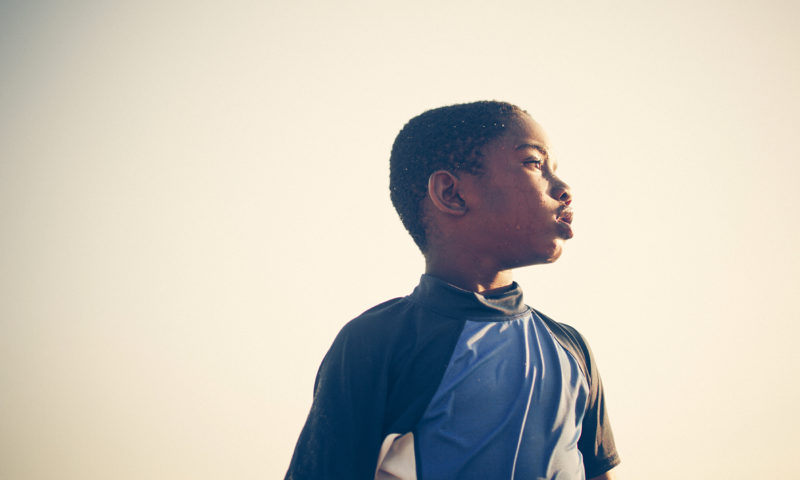Racial Profiling and the Loss of Black Boyhood
Share
Explore Our Galleries
Breaking News!
Today's news and culture by Black and other reporters in the Black and mainstream media.
Ways to Support ABHM?
By Hussain Abdulhagg, Yes Magazine
At 13, I was into chess and Dungeons and Dragons. That was the year I hit my growth spurt—and learned what it is to be seen not as a child, but as a threat

At 13, I had just hit my first growth spurt. I walked to and from junior high with friends. I walked the same path every day with the same guys. One sunny spring afternoon on our way home, a police car came from nowhere, jumped up on the curb, and blocked us off on the sidewalk.
Shocked, we were stiff with fear when the two large armed and armored men stepped slowly from their squad car. White and clean-shaven as usual, they both had their hands already on their guns. They told us to stand against the wall. A couple of us tried to ask what was happening or what we’d done. They didn’t answer; they just kept asking, “Where’s the pipe?”
In the midst of our confused denials, they grabbed us one by one and searched us, spinning us around and turning out our pockets. When the man got to me, I had no idea what to do. He kept yanking on me and saying, “You know the routine,” over and over.
A couple minutes later, we’d all been robbed of more than our money, and two men with guns on their hips had us lined up in broad daylight facing the wall of a store that still had a dingy Woolworth’s Five and Dime sign above its new awning. Not much could be more public. In Atlantic City, New Jersey, it was where everybody walked, it was the “avenue” on a spring day, just after school…
Eventually, they backed off and took their car with them. We put our shoes back on, gathered our things and refilled our turned-out backpacks. We grumbled and griped to each other and walked another two blocks to the public library. That was where we introduced Daryl to Dungeons and Dragons for the first time. We escaped into imagination…
Read full article here
More Breaking News here
View more ABHM galleries here
End Racial Profiling Act here
Purchase book here









Comments Are Welcome
Note: We moderate submissions in order to create a space for meaningful dialogue, a space where museum visitors – adults and youth –– can exchange informed, thoughtful, and relevant comments that add value to our exhibits.
Racial slurs, personal attacks, obscenity, profanity, and SHOUTING do not meet the above standard. Such comments are posted in the exhibit Hateful Speech. Commercial promotions, impersonations, and incoherent comments likewise fail to meet our goals, so will not be posted. Submissions longer than 120 words will be shortened.
See our full Comments Policy here.